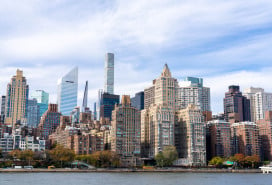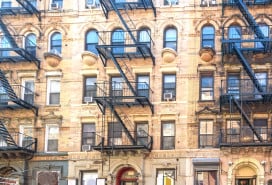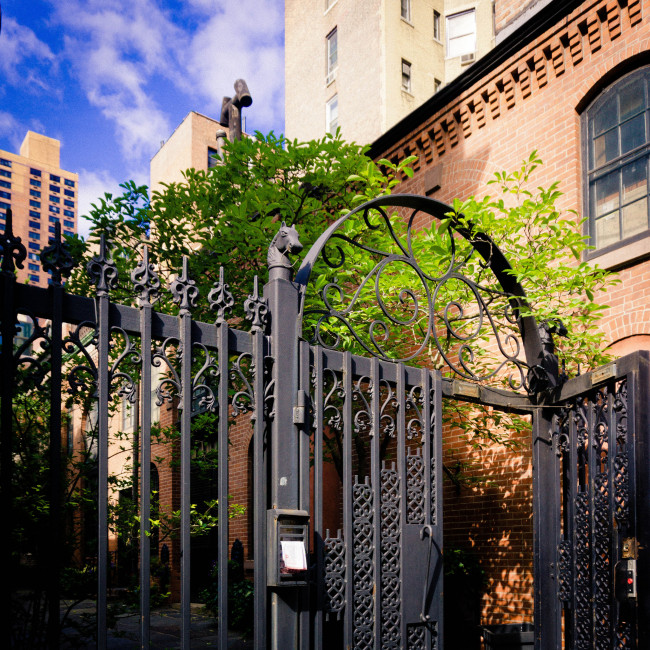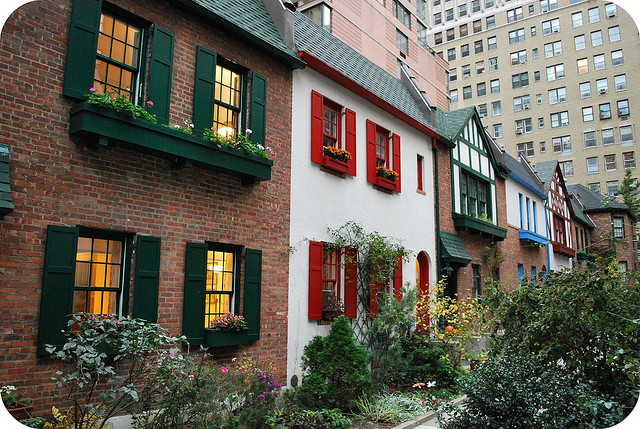Look up: A peek at some of the city's most impressive building carvings
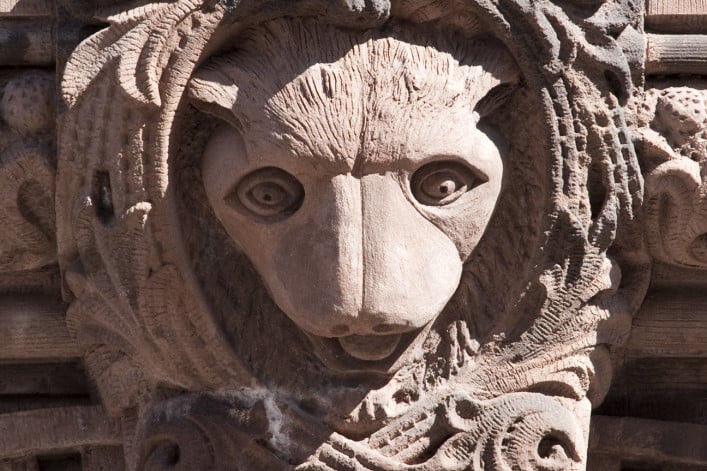
All photos courtesy of Robert Arthur King
About 20 years ago, New York City architect Robert Arthur King, FAIA, had a photography teacher who gave the class an assignment: to go out onto the streets of the city and take photos of women. King, who says he is “a bit shy,” was not happy with the idea of asking women to pose for him. Instead, he decided to photograph some of the women that he passed every day, women whose faces were carved into the facades of the buildings that line the city’s streets.
King has been photographing building sculpture ever since. It’s an avocation-- his “real” work is the restoration of brownstones-- but it is an avocation that has lead to the publication of three books. The latest, published last month by Norton and Company, Figures in Stone ( $19.95) combines, in one volume, his first two: Faces in Stone and Animals in Stone. His work is also the subject of a short documentary, Stonefaced, by filmmaker Vivian Ducat.
Art that 'belonged to everyone'
King explains that not much is known about the gifted artisans who made these sculptures. “They are mostly anonymous. They came from a host of different immigrant communities--Asian, African, South American, German,Italian and others--and many worked in stone yards in Red Hook.” The golden age of building sculpture in NYC was after the Civil War up until post- World War I. During that time, it seemed that just about every building that went up had some kind of stone or terracotta embellishment. It didn’t matter whether it was a public building or a private home or a multi-story residential building--they were all deemed worthy of beautification. He points out that some prime examples of this art can be seen on tenement buildings on the Lower East Side--”this was an art that belonged to everyone."
According to King, anyone in search of the best examples of this kind of art should head either to that neighborhood or the Upper West Side. Interestingly enough, the architects and builders often left the decision about the subject matter of the sculptures to the stone carvers, simply telling them what dimensions they wanted and then let their artistic imagination do the rest. Occasionally, the the owners asked for representations of their own faces or those of their family members—often their children.
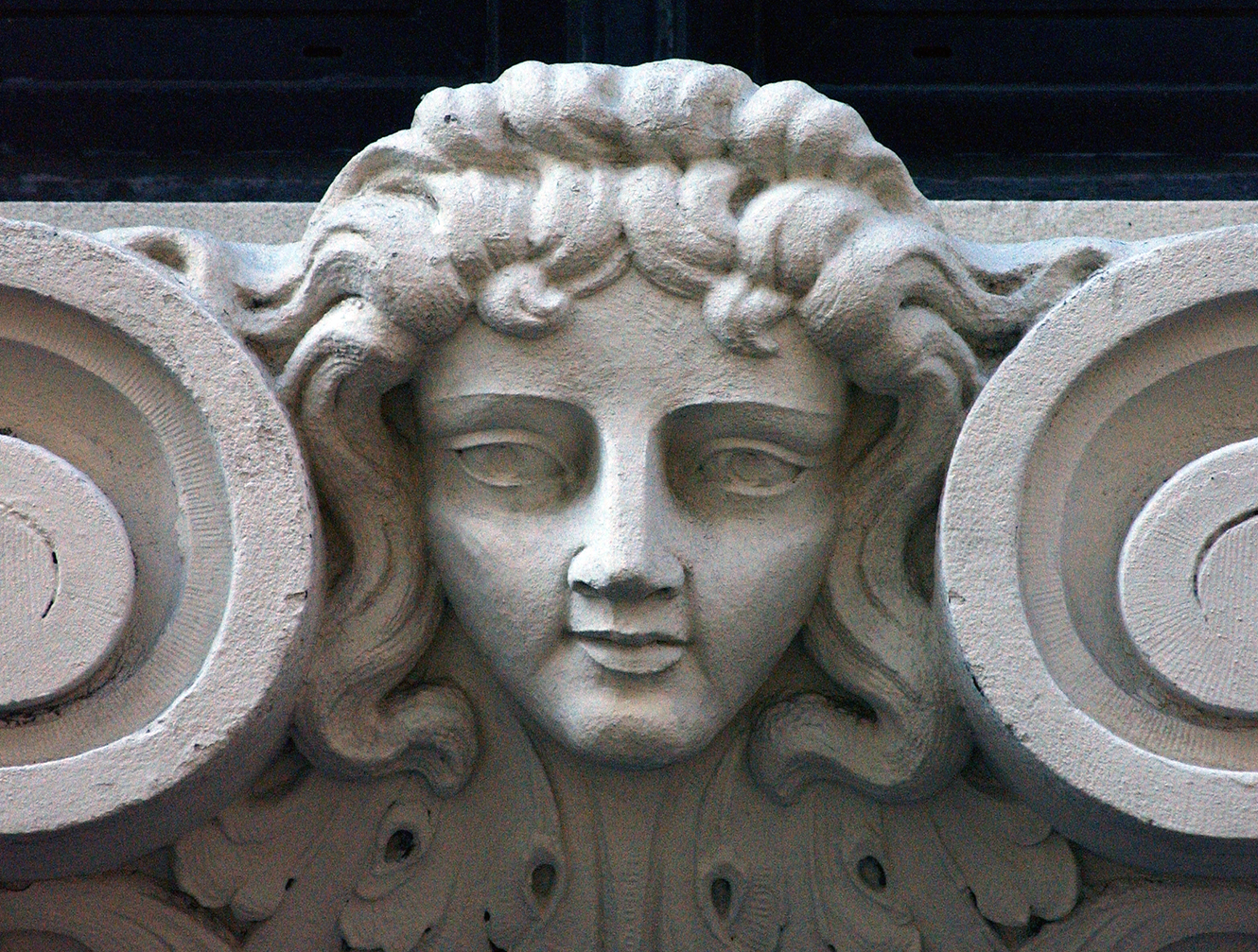
24 East 21st Street, Gramercy
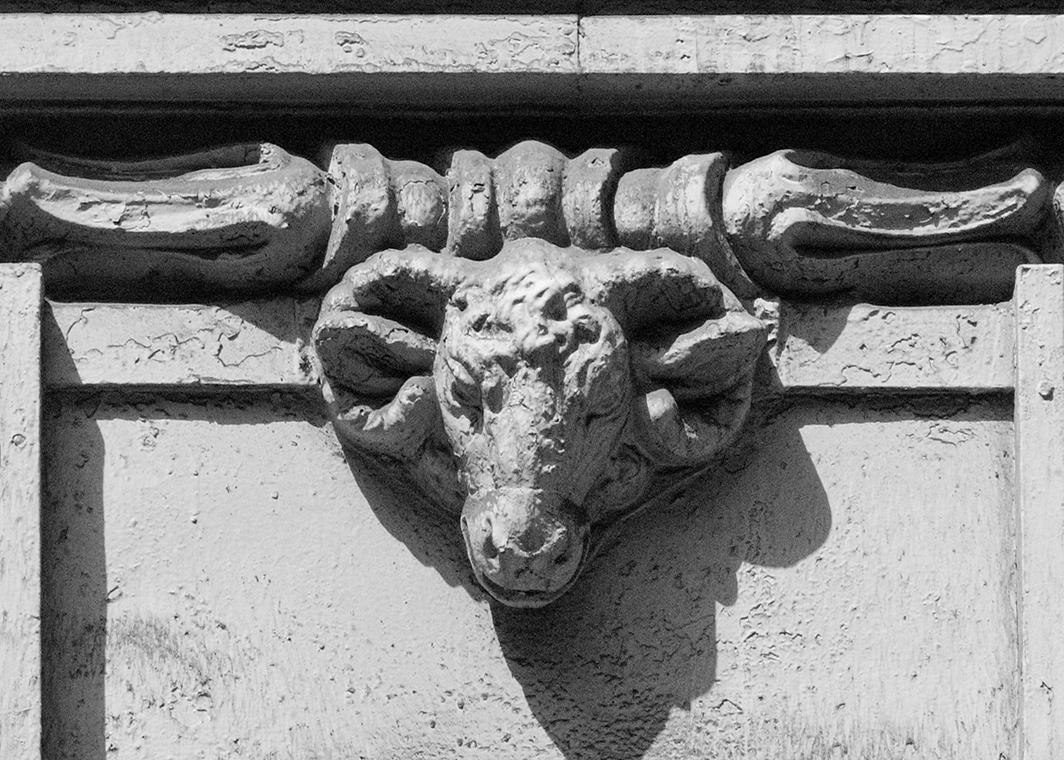
35 West 36th Street, Midtown
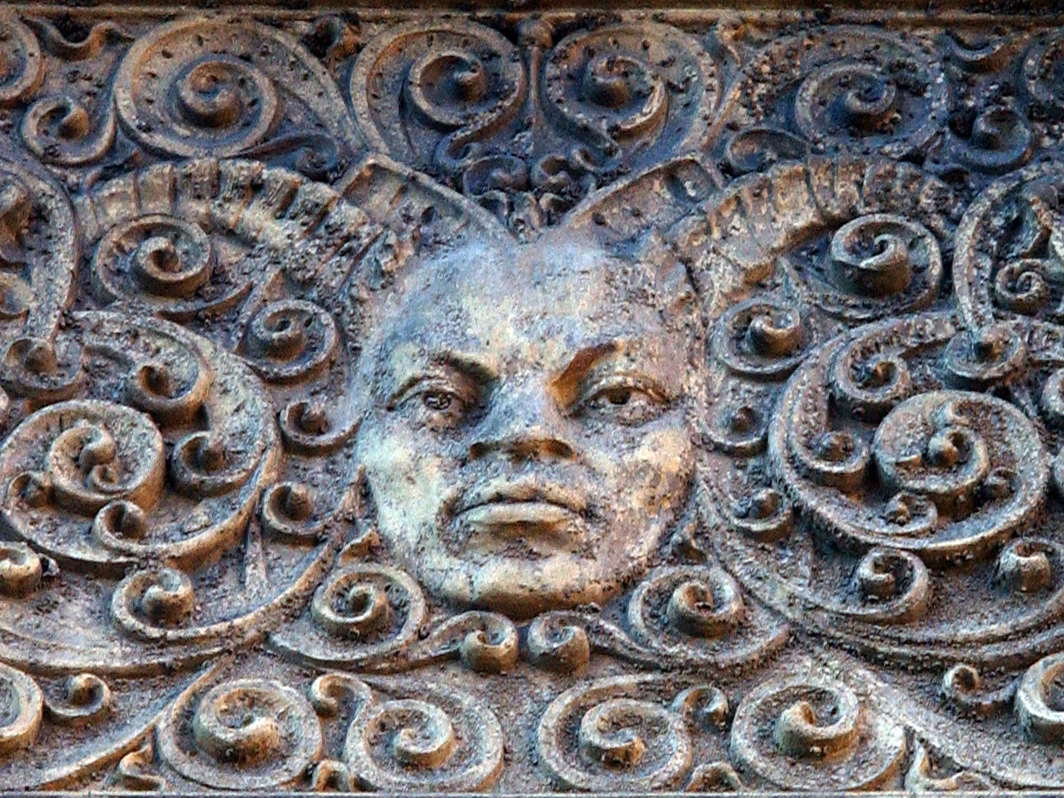
37 Hester Street, Lower East Side
King worries that much of the building art that he loves so much will not endure—”that it will be taken away from us.” As architectural historian Barry Lewis writes in his foreword to King’s book: “Since most of Mr. King’s photographs are of non-landmark designated buildings here in a city almost under siege from gentrification, these details and the structures they ornament are likely to be gone before the century is half over.”
And what happens when the building and its sculpture is torn down? Sadly, says King, "Most of the ornamentation is discarded and not saved.”
One particularly interesting example of this discard-and-don't-save doctrine features, in the starring role, our president. Donald Trump acquired the Bonwit Teller building on Fifth Avenue and then began to demolish it in 1980 in order to replace it with Trump Tower. According to Christopher Gray, writing in the New York Times: “He had promised the limestone reliefs of the dancing women to the Metropolitan Museum of Art, which wanted them for its sculpture collection, although the offer was conditional on his being able to remove them. But suddenly workmen jackhammered them to bits.”
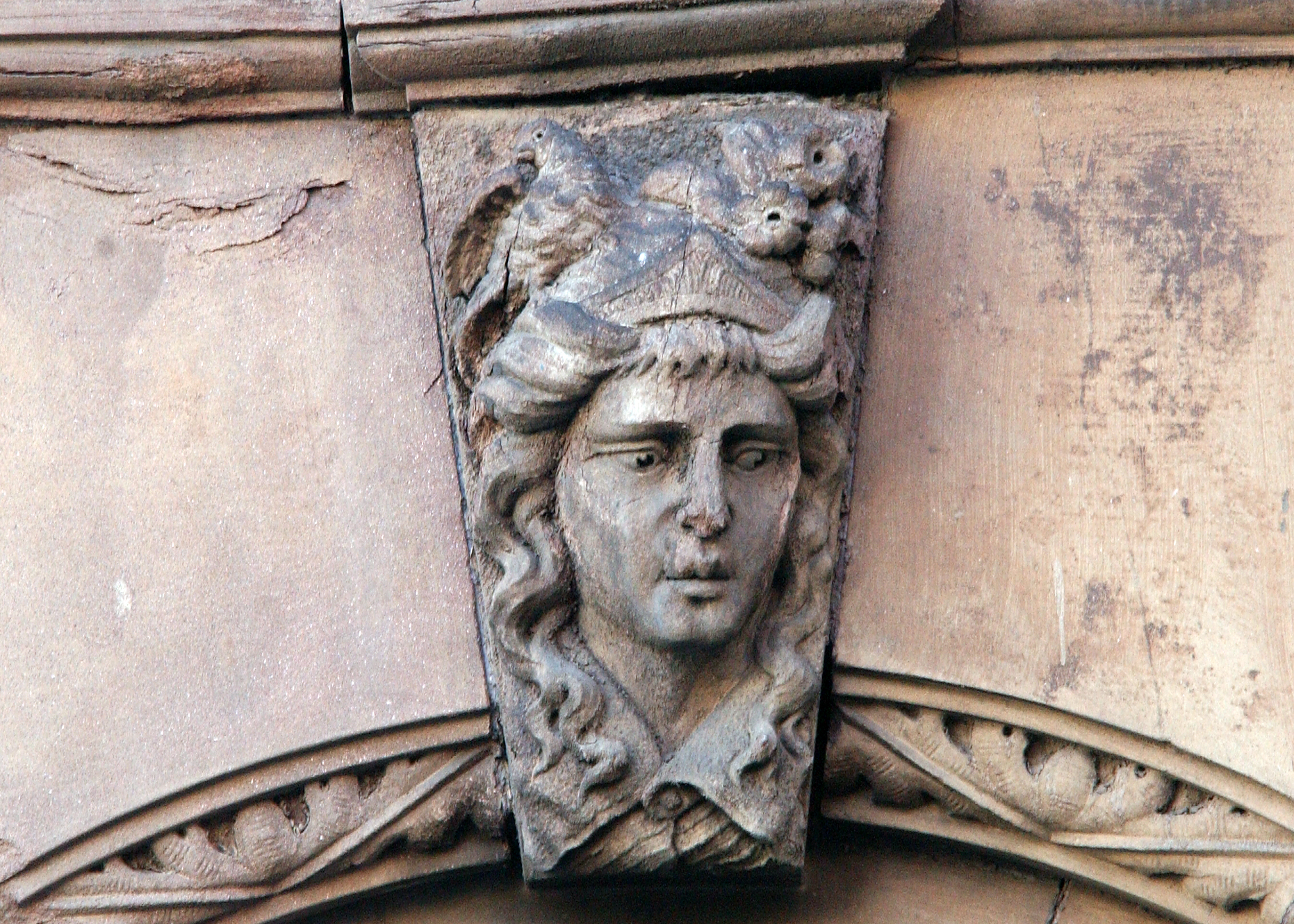
85 Madison Street, Lower East Side

101-105 West 85th Street, Upper West Side
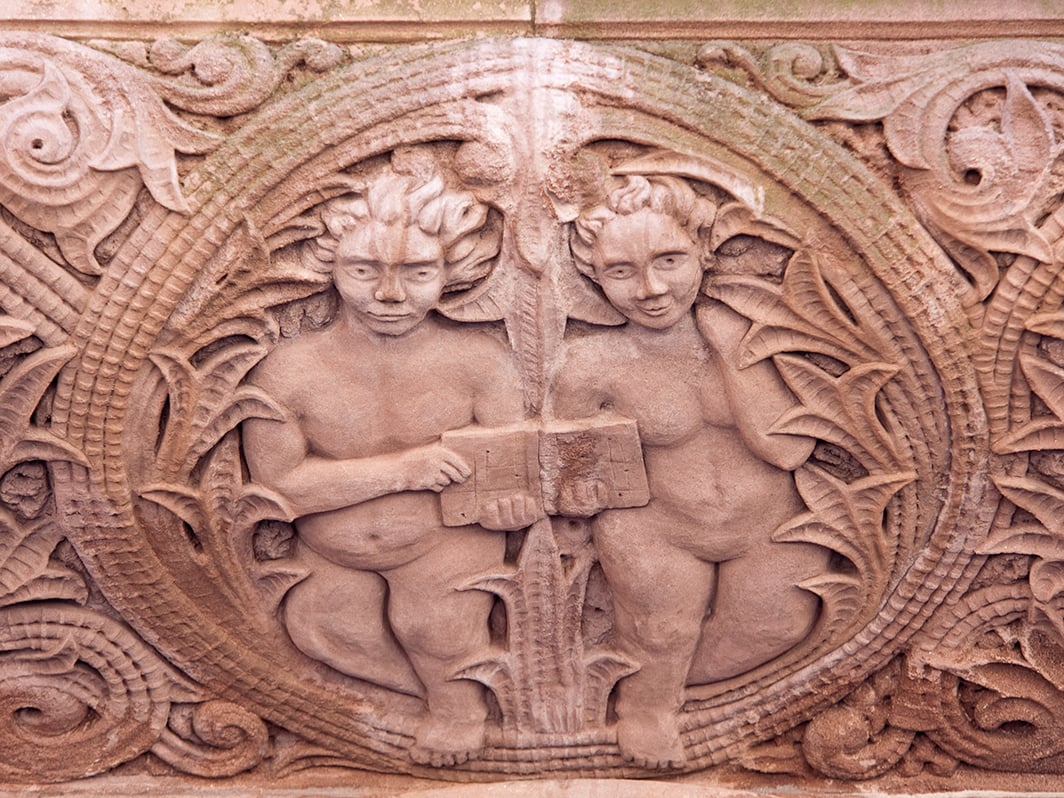
112 West 81st Street, Upper West Side
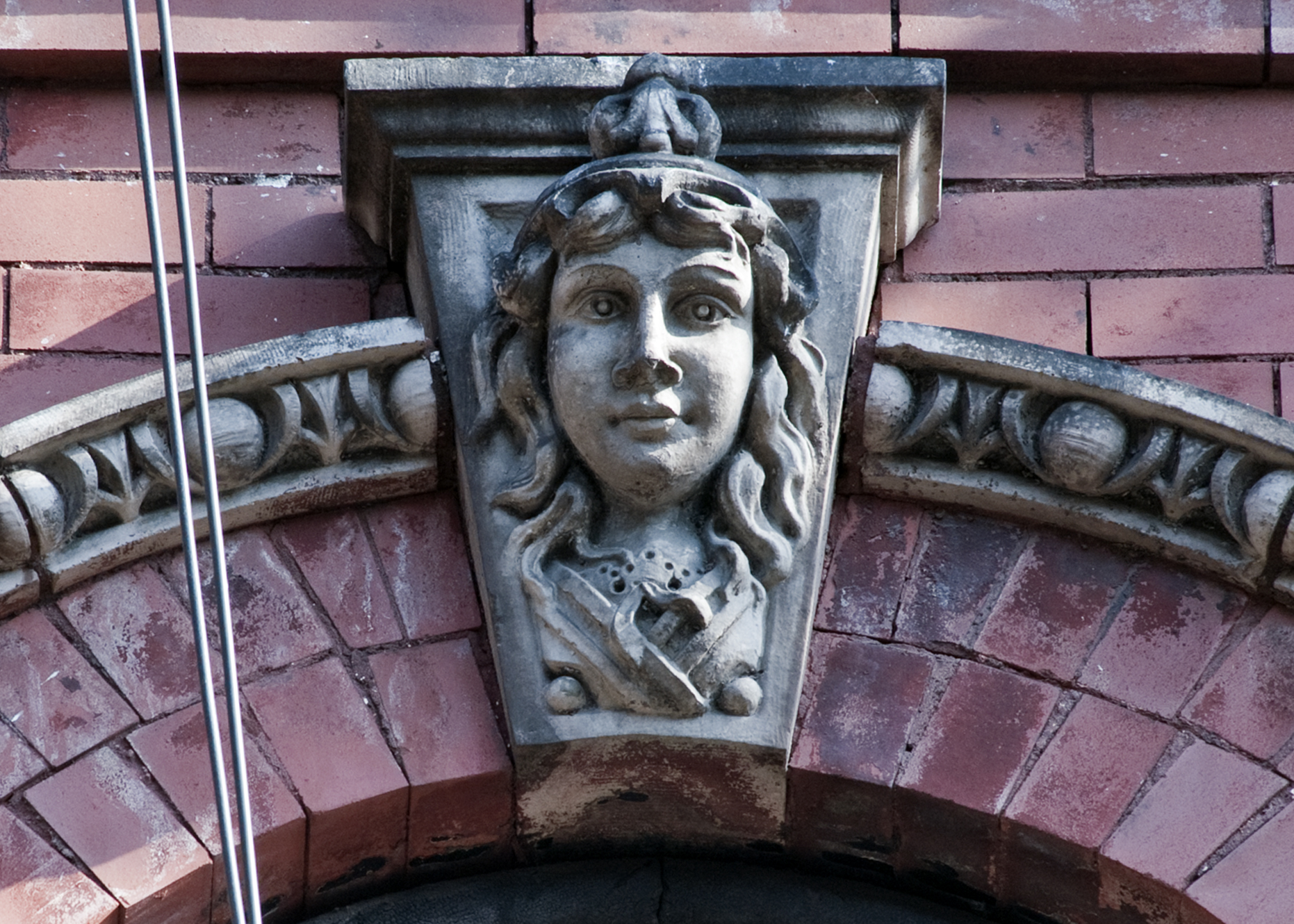
122-124 Orchard Street, Lower East Side
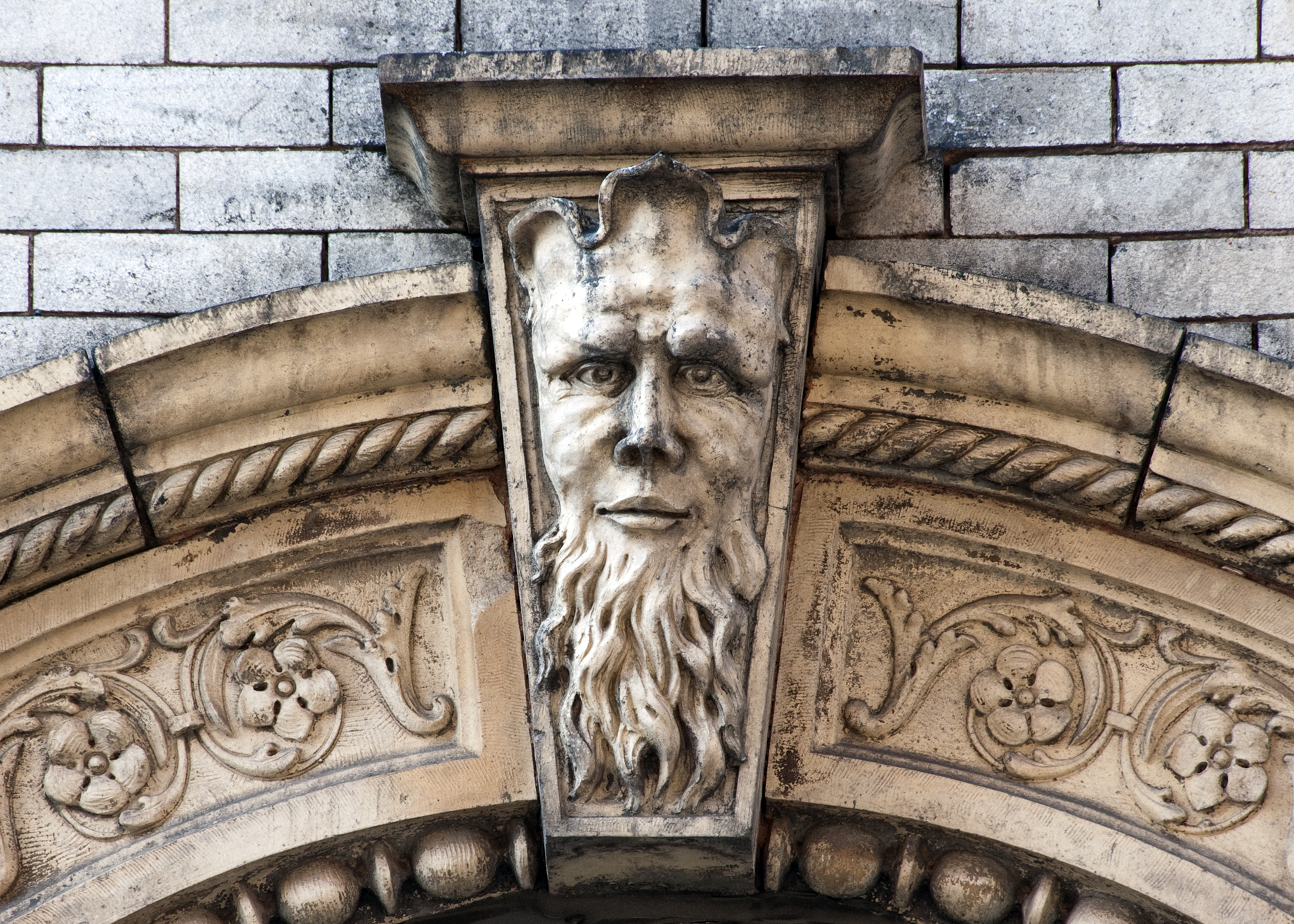
127-129 Orchard Street, Lower East Side
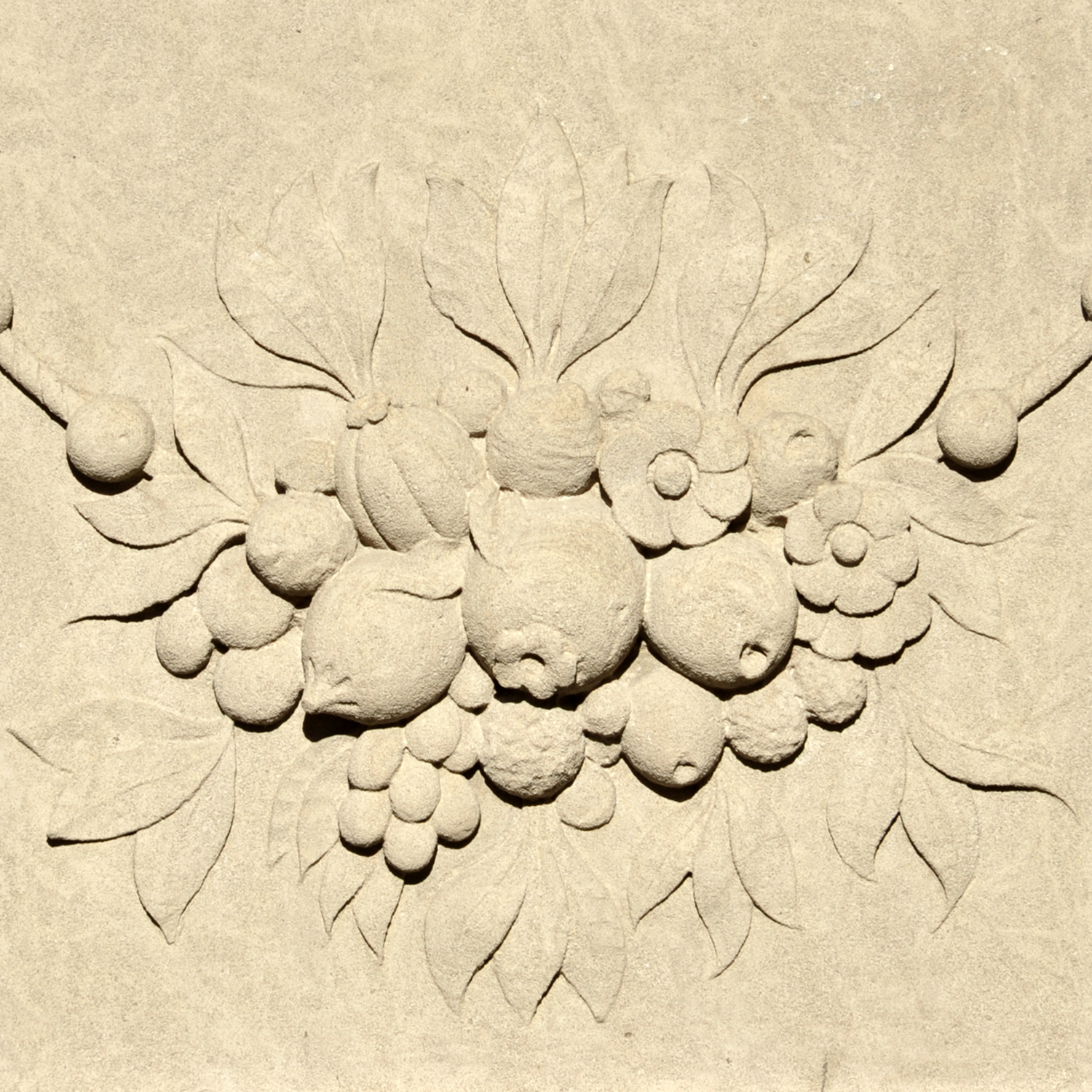
718-722 Park Avenue, Upper East Side
King hopes that his work will make passersby first notice and then appreciate what they see when they “lift their heads up from their cell phones and look around them.” He bemoans the fact that taste, style and cost have “eliminated such architectural detail from modern architecture” leaving us with what he calls the “current prevalent blank-faced, repetitious buildings.”
You Might Also Like






